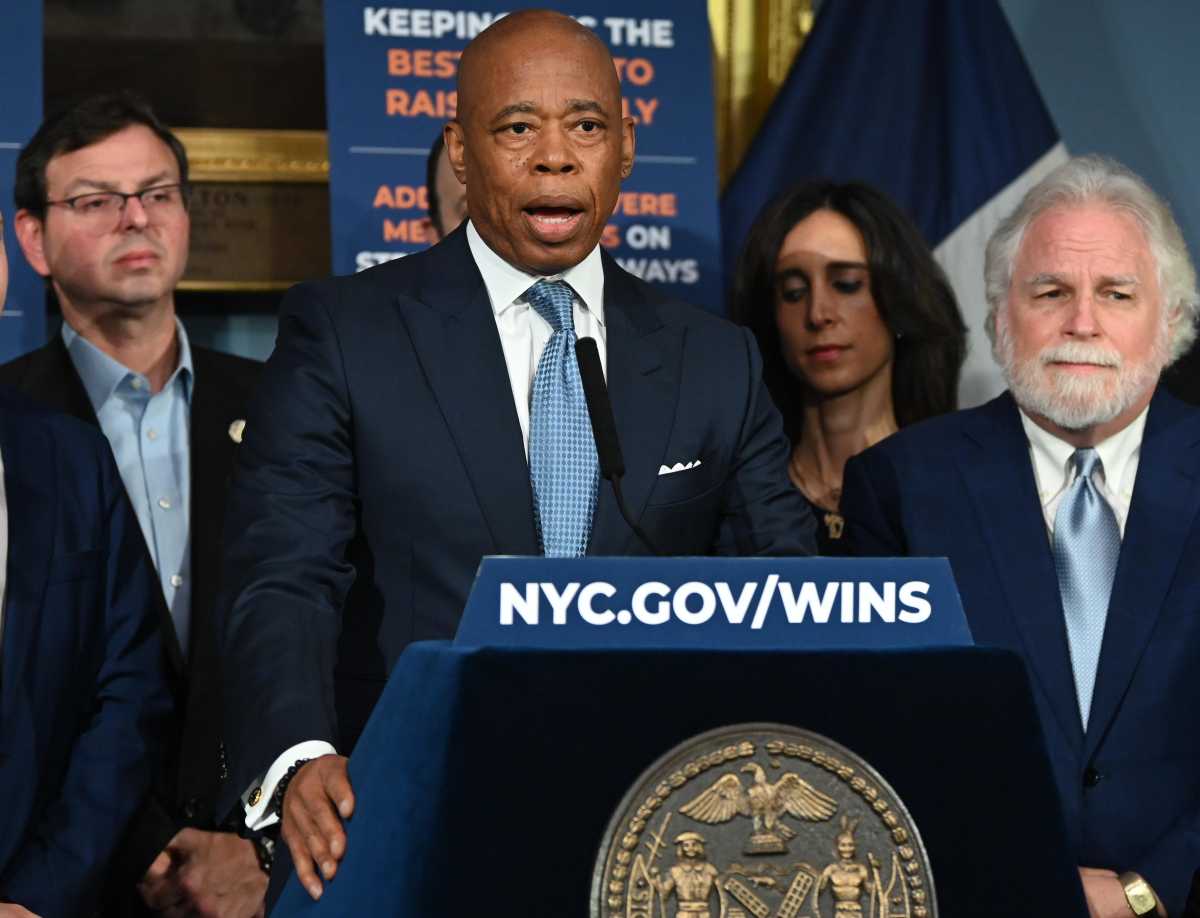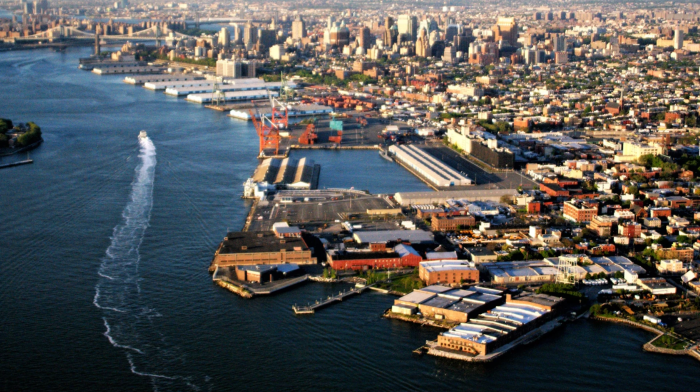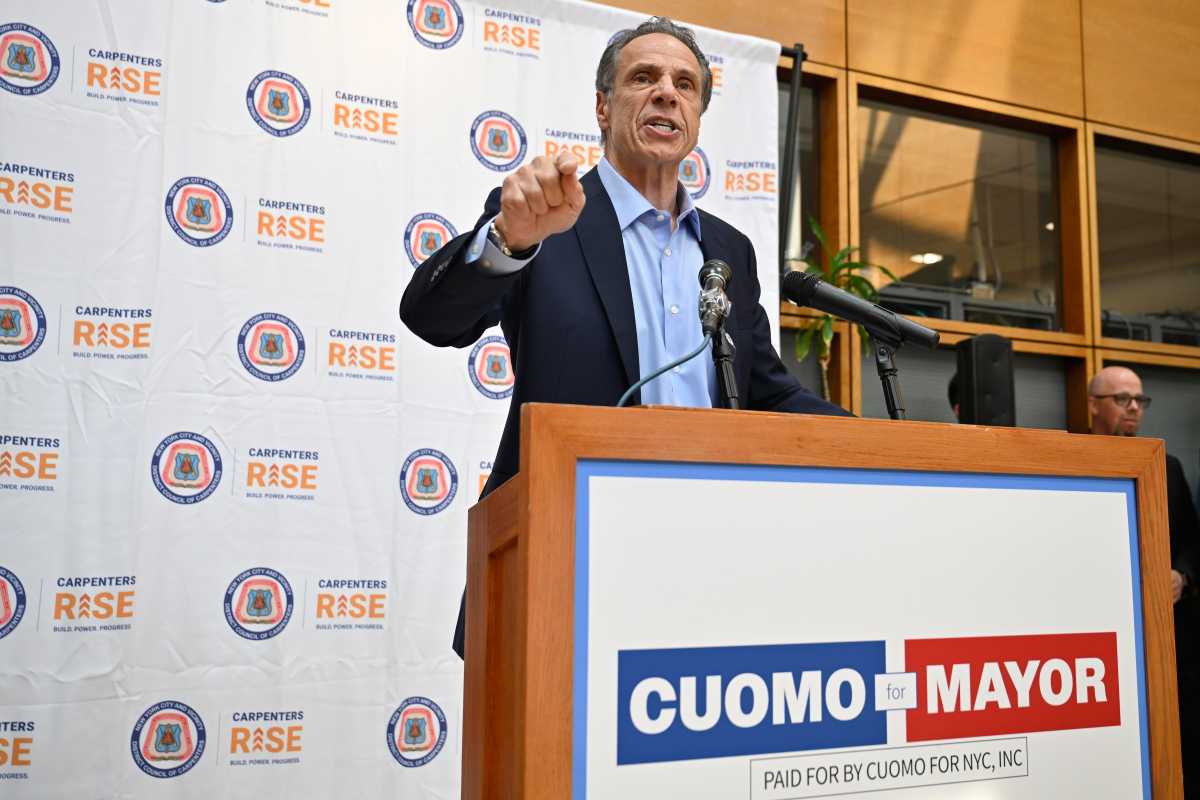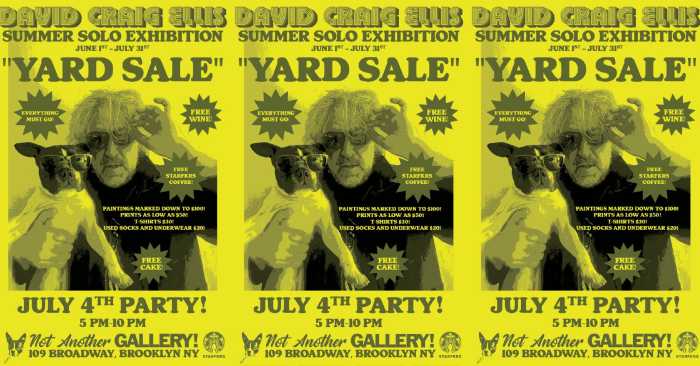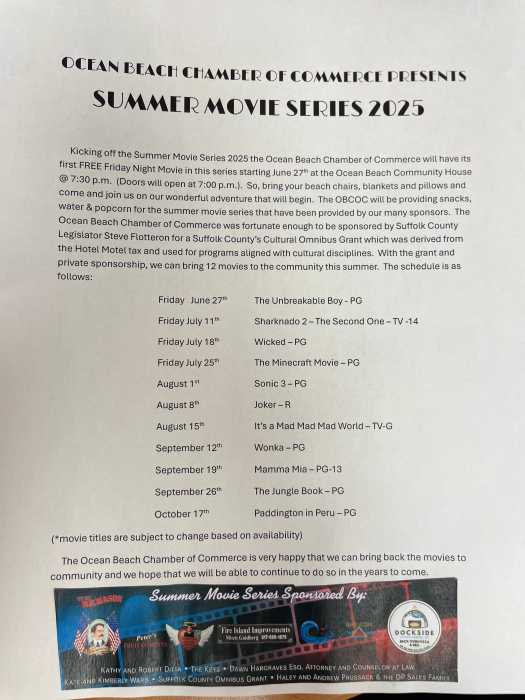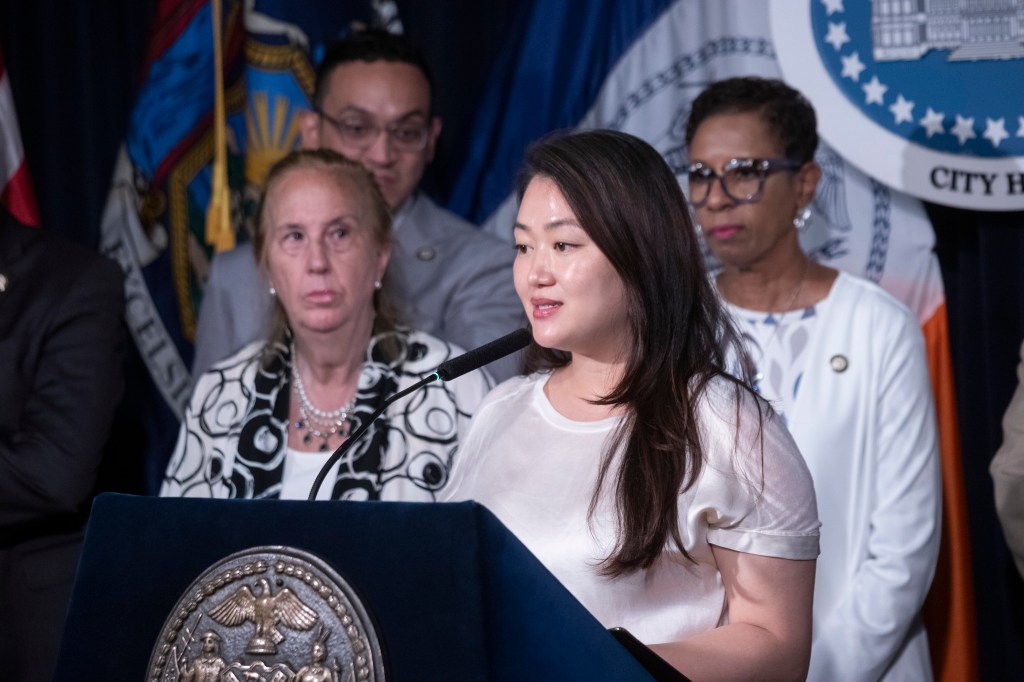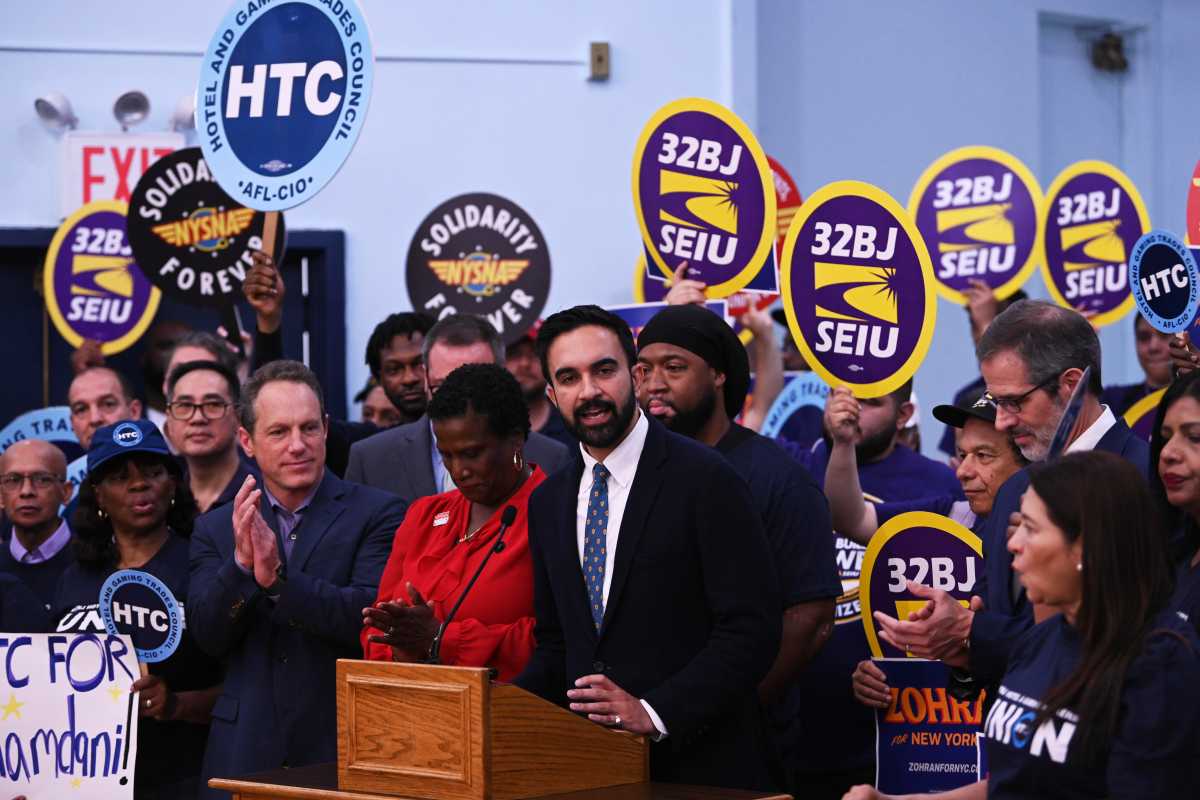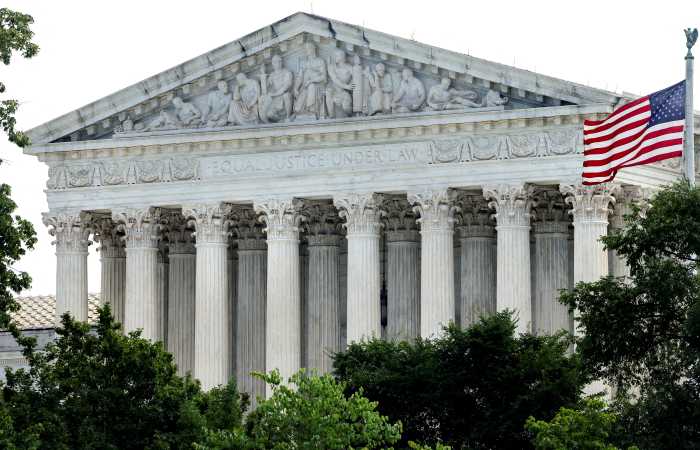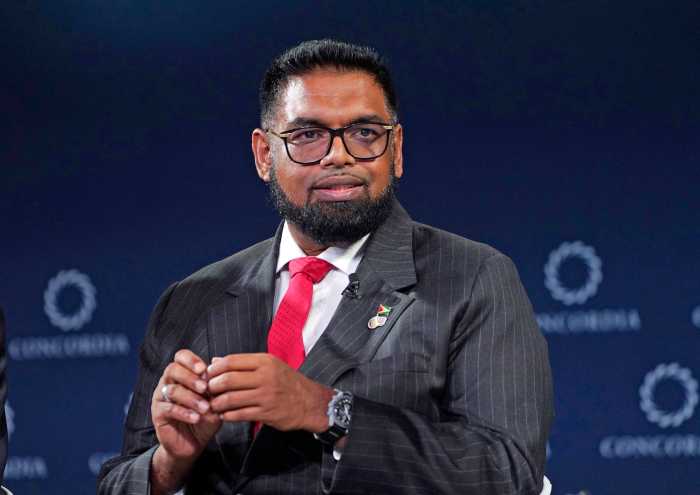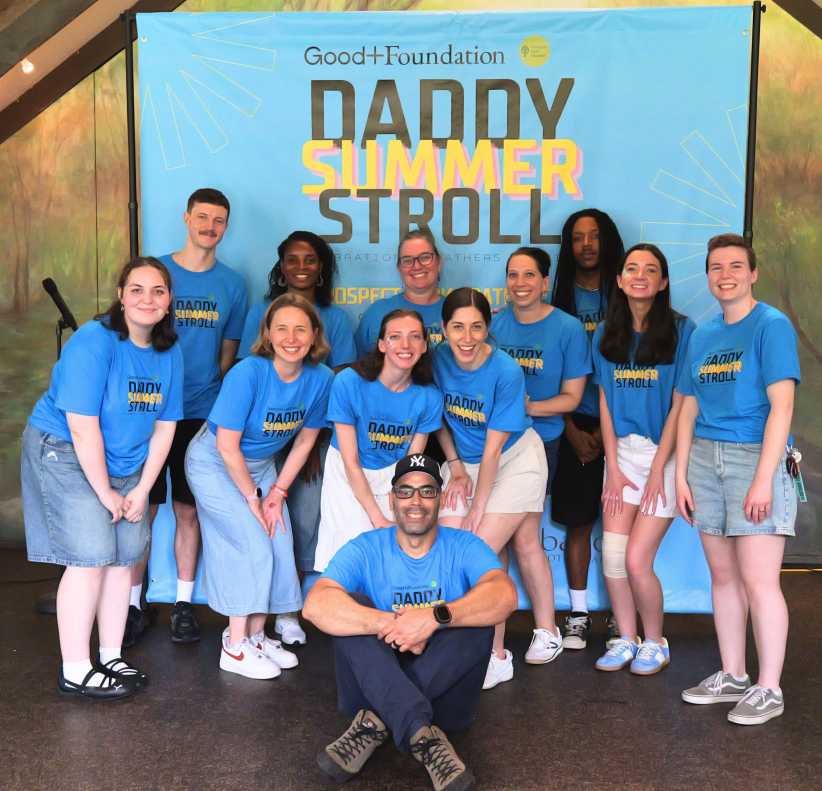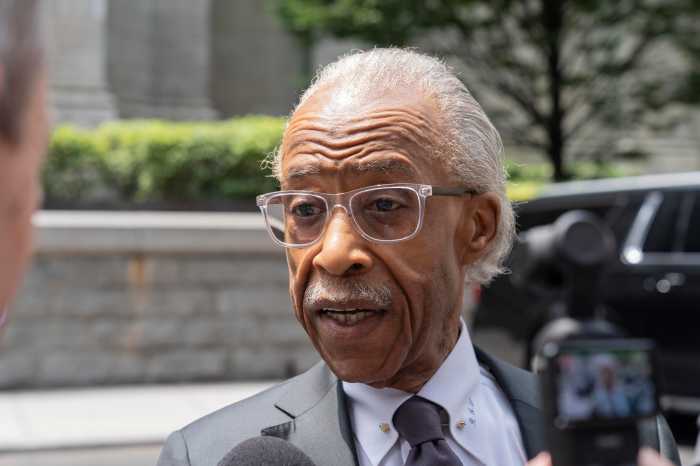David Yassky has some nerve. As politicians, Yassky and his comrades like to control their image. But in a pathetic attempt to keep their halos unsullied, local pols are continuing to hinder the free distribution of newspapers.
The latest example came this week, when Yassky, the Brooklyn Heights Councilman, set aside a page on his official Web site to invite the public to complain about “dangerous eyesore” newsboxes.
“Eyesores”? In some cases, arguably yes. But “dangerous”? Certainly not as dangerous as the city’s ongoing harassment of newspaper publishers — whose only “crime” is their effort to inform the public of the very news Yassky often claims is so vital.
This might be logical only in a city where the extent to which low-level pols inform the public consists of taxpayer-financed trash cans that gratuitously bear their names, and the self-serving newsletters they send out on our dime.
The stated goal of the politicians and the effete, ivory tower “planners” is to remake the city’s traditionally pulsating and diverse streetscape in the image of a sanitized, Jetsons-esque metropolis. Collateral damage from this asault on our public space is a stranglehold on the traditional media — a news format that, perhaps you’ve heard, is being clobbered by the Internet (where there is little of the original, hard-hitting reporting that might make those in power at least a little bit uncomfortable).
Thanks to homogenization-supporting activists like Yassky and the Municipal Art Society, newsbox rules make it harder for the public to get its information.
For example, newsboxes must be five feet from a driveway, 15 feet from fire hydrants, two feet of any curb cut, 15 feet from a subway entrance or exit and 15 feet from a newsstand, and leave eight feet of “unobstructed” sidewalk — it makes you wonder where you can legaly put a newsbox!
And last year, the city passed a law to allow building owners to bar “unsolicited material” from reaching their tenants. That bill’s stated goal was to block menus, but the result greatly curtailed newspaper distribution. Not everyone can afford to spend $10.60 every week to have the New York Times dropped on his doorstep or purchase an expensive device to allow him to access the award-winning Brooklyn Paper Web site.
In addition, the city prevents newspaper publishers from distributing inside public housing projects — a form of censorship that deprives some of the poorest members of our society access to free, unbiased coverage of the politicians who hold their lives in their very hands.
It’s time for the politicians to stop cracking down on newspapers and crack down on the real villains here: the miscreants and grafitti “artists” who deface the newsboxes in the first place.
c_ The Brooklyn Paper currently does not have newsboxes on any street.


